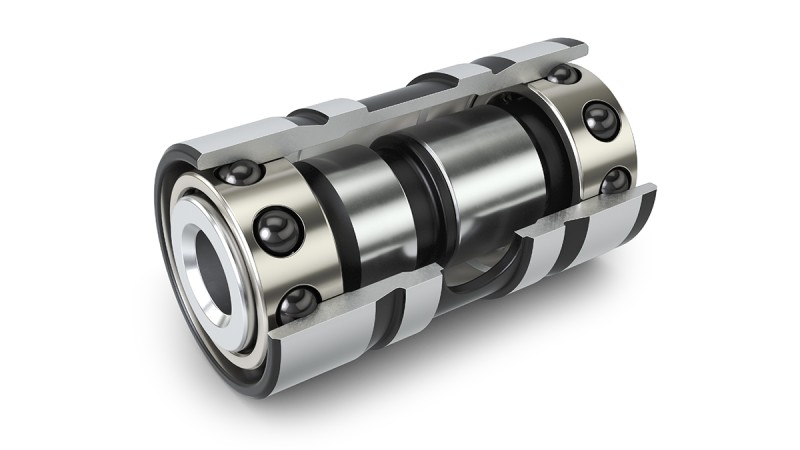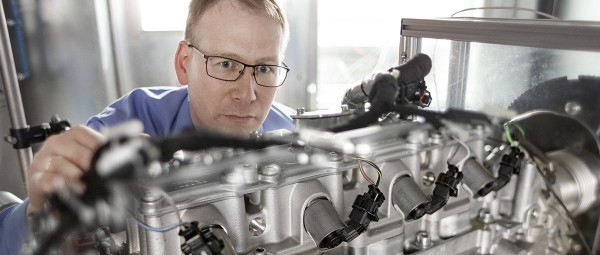Downsizing
What does it mean and und how does each of us in road traffic benefit from it

In the automotive industry “downsizing” refers to the reduction of technical components (e.g. weight, cubic capacity etc.) while keeping the same or a similar performance. The DTM has a best practice of this: in 2019, four-cylinder turbo engines replaced the V8 suction engines used previously. The result: around 100 hp more with a capacity half the size. Schaeffler has been using this principle in series production for many years.
Less cylinders, less fuel, same performance
The electrohydraulic valve train system UniAir shows how downsizing can be realized in road vehicles. A fully variable system, e.g. for cylinder deactivation, that contributes primarily to reduced fuel consumption.
How does it work exactly? In driving situations with moderate torque requirements, e.g. when driving in the low speed range through the city center, cylinders in the engine are partially switched off. The reduced number of still active cylinders therefore also generates the torque for the deactivated cylinders. This results in a significantly improved and efficiency-optimized operating point for the still active cylinders. At a glance: Fewer active cylinders deliver the required power while driving through the city center and thus ensure reduced fuel consumption.

Small bearing - big impact

A turbocharger, or called turbo only, uses exhaust gas energy to charge the engine with additional fresh air, thereby increasing its performance and efficiency. The downsizing effect: smaller engines with less fuel consumption but with an increase in performance by using a turbocharger. The efficiency is significantly optimized. Hereby Schaeffler supplies a decisive component: The roller bearing. Thanks to temperature-resistant roller bearings, with up to 50 % less friction compared to a conventional plain bearing, the response behavior is demonstrably improved. But how does the increased efficiency become noticeable in the vehicle? In addition to reduced fuel consumption, a higher dynamic response, a faster response behavior, for example when accelerating at traffic lights, is noticeable.

